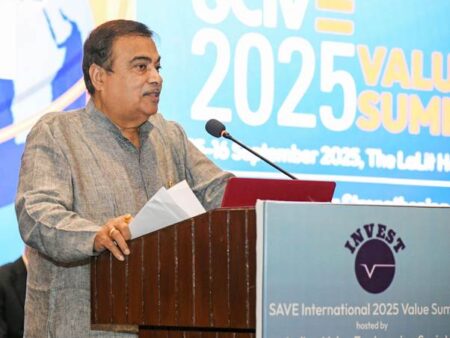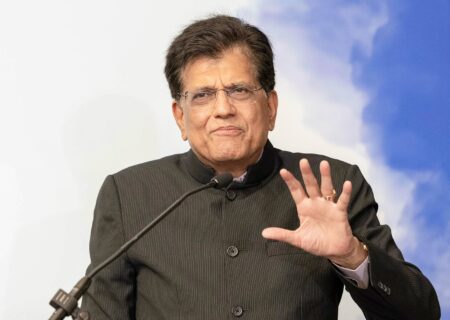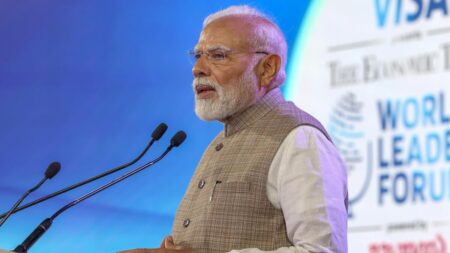According to a Morgan Stanley research paper released on May 31, India has undergone a substantial transition in a number of areas since 2014 and will become a key driver for Asian and global growth.
The paper claimed that the India of today differs from the India of 2013. “India has gained positions in the global order in a short period of ten years with significant positive consequences for the macro and market outlook,” it stated.
According to the research, India “will emerge as a key driver for Asia and global growth.” In terms of the doubts about India, especially among foreign investors, who claim that the country has not lived up to its potential despite being the second-fastest growing economy and one of the top stock markets over the past 25 years, it was stated that such a view ignores the significant changes that have occurred in India, particularly since 2014.
The 10 significant developments were emphasised in the report, including the formalisation of the economy, the Direct Benefit Transfer, the Insolvency and Bankruptcy Code, the emphasis on FDI, and flexible inflation targeting. These adjustments are a result of India’s policy decisions and how they affect the country’s market and economy.
The study predicts a new cycle in manufacturing and capex as a result of both of these sectors’ increasing GDP shares. Additionally, it predicts that India’s export market share will increase to 4.5% by 2031, roughly doubling from 2021 levels, with improvements in both goods and services exports as well as a significant change in the country’s consumption pattern.
The report stated that as India’s per capita income rises from its current level of USD 2,200 to around USD 5,200 by FY2032, there will be significant changes to the consumption basket and a boost to discretionary spending.
Inflation would continue to be benign and less volatile, according to the report, which would indicate shorter rate cycles and a benign trend in the current account deficit.
It said that this explains India’s ostensibly high headline market valuations and that the share of profits in GDP has quadrupled from all-time lows in 2020 and is expected to climb considerably higher — maybe double — contributing to good absolute and relative earnings.
The market’s sensitivity to a US recession and US Fed rate increases also appears to be decreasing as India’s reliance on international capital market flows has decreased, it continued.
According to the research, a global recession, a lopsided general election result in 2024, a rapid increase in commodity prices due to supply disruptions, and a shortage of trained workers are the main dangers to India’s economy.











